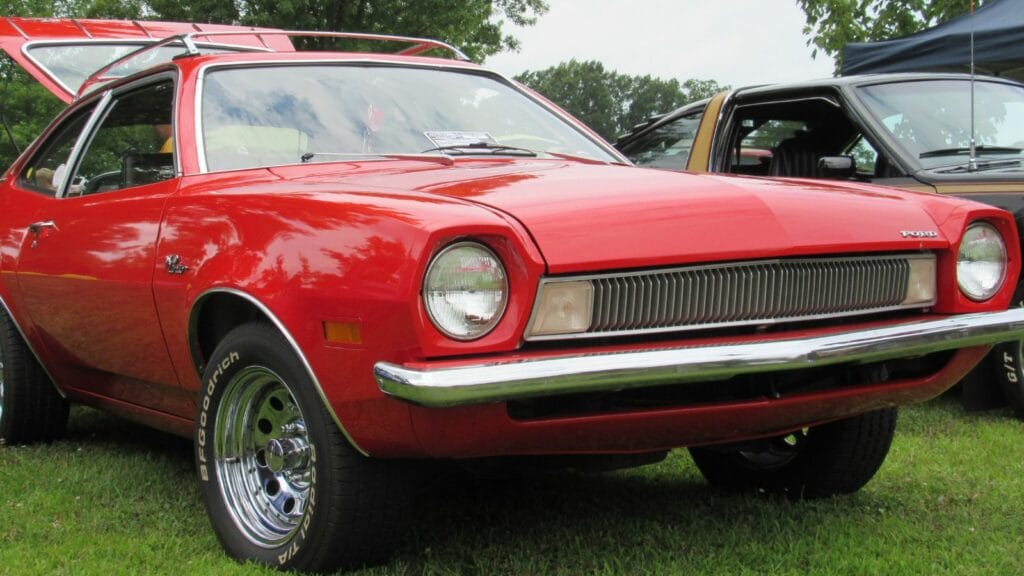Some cars are misunderstood, but others truly earn every bit of scorn they receive. Poor engineering, rushed production, questionable styling, and reliability nightmares have left certain models with reputations so bad that even decades later, their names still make enthusiasts wince. These cars weren’t just flawed—they became symbols of what happens when automakers get it wrong. Here are ten cars that got a bad reputation and absolutely deserved it, expanded with more detail on how they failed.
Yugo GV (1985 to 1992)
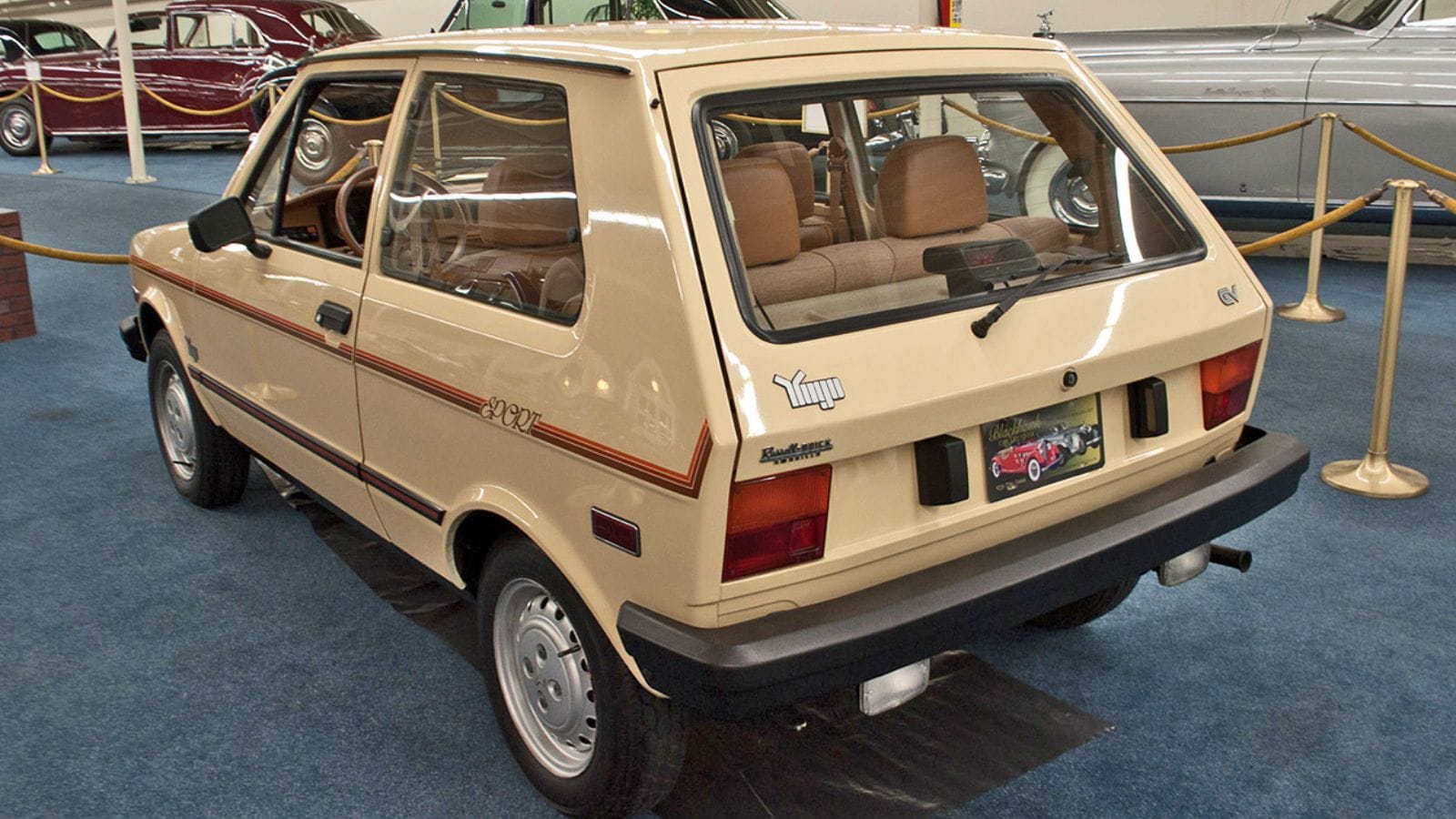
Marketed as America’s cheapest new car, the Yugo GV sold for under 4,000 dollars. On paper, it offered basic transportation for the masses, but in practice it was a disaster. Its 1.1 liter engine made just 55 horsepower, and acceleration from 0 to 60 mph took nearly 14 seconds. Interiors rattled, switches broke, and electrical systems constantly failed. Many cars simply stopped running within a few years. In cold climates, Yugos struggled to start at all, and rust was common before the warranty expired. The Yugo didn’t just earn its bad reputation—it became a cultural joke, often topping lists of the worst cars ever made.
Chevrolet Vega (1971 to 1977)
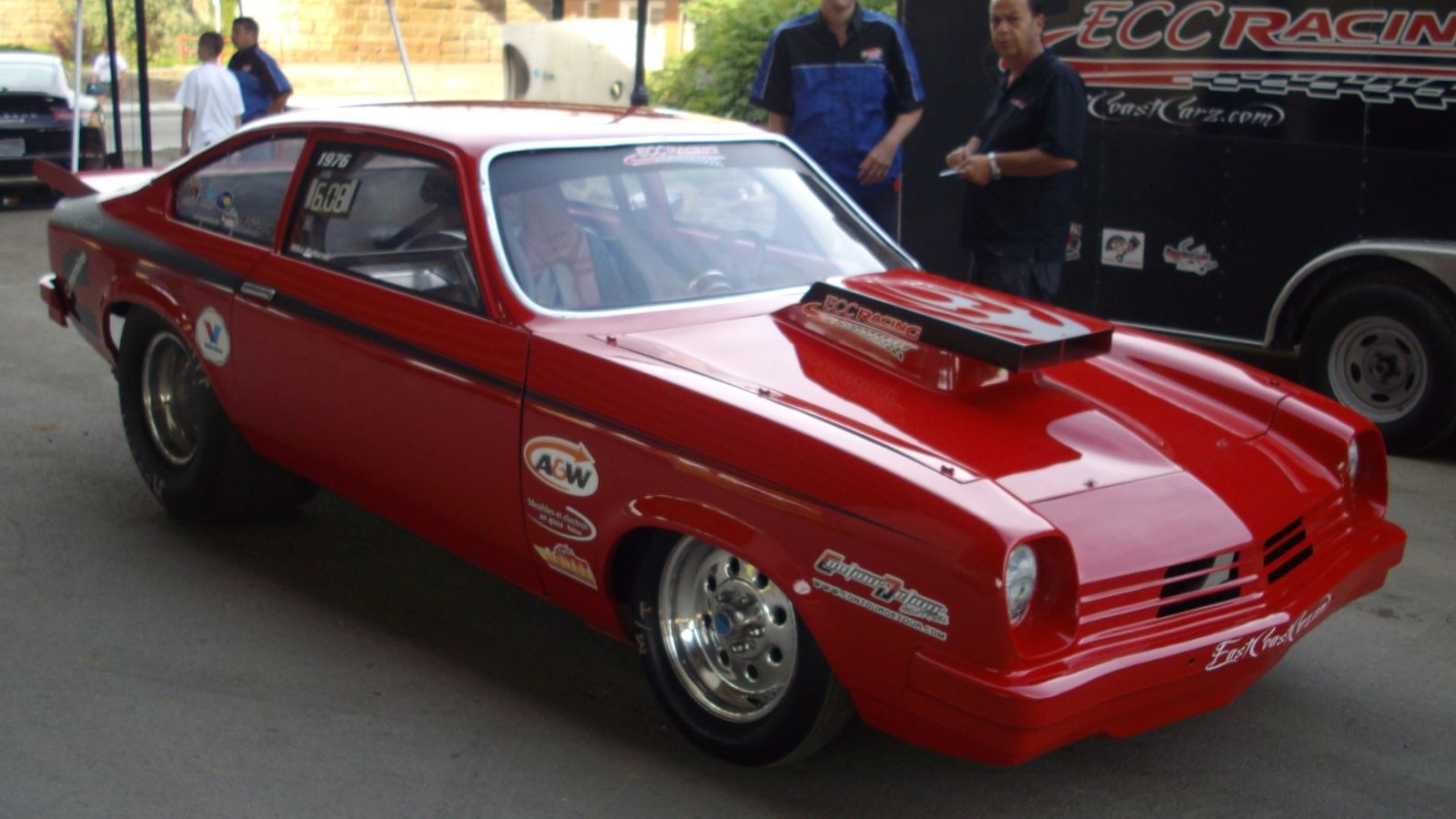
The Vega looked promising, with sleek styling and praise from critics, even winning Motor Trend’s Car of the Year in 1971. But once on the road, it fell apart. Its innovative aluminum engine warped, overheated, and guzzled oil. Owners reported engines failing before hitting 50,000 miles. To make matters worse, rust protection was nearly nonexistent. In snowy regions, fenders and rocker panels often dissolved within two winters. Dealerships were flooded with complaints, and Chevrolet spent years trying to fix the Vega’s reputation. It never recovered, and the car is remembered today as one of GM’s most humiliating failures.
Pontiac Aztek (2001 to 2005)
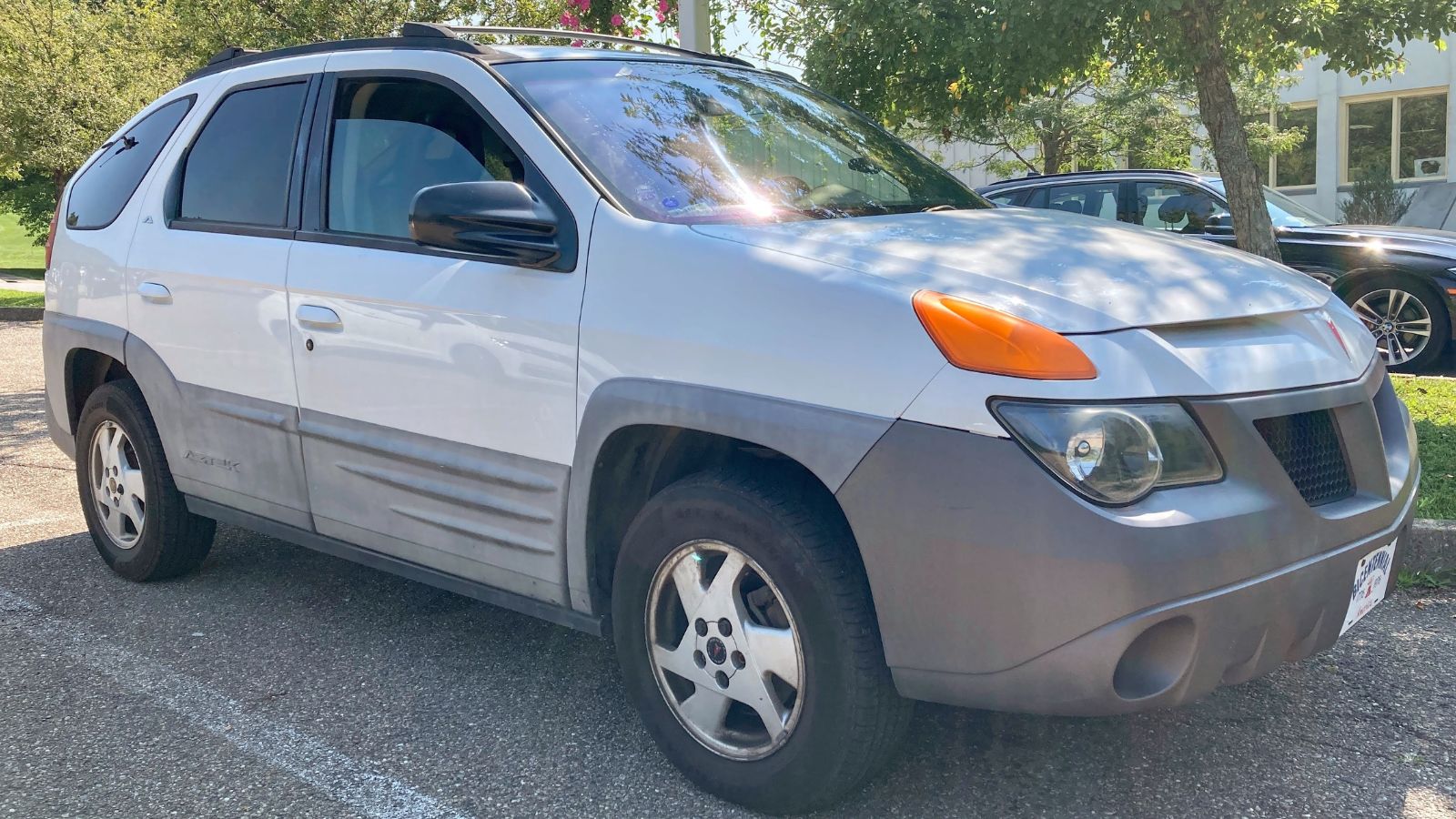
The Aztek might be the most mocked car of the early 2000s. Its bizarre styling, with awkward proportions and strange angles, made it an instant target for ridicule. Beneath the skin, it wasn’t much better. The 185 horsepower V6 felt sluggish, build quality was below average, and interiors were plagued with cheap plastics. While practical features like the camping package and huge cargo hold were innovative, the Aztek’s looks overshadowed everything else. Sales were so poor that it contributed directly to Pontiac’s downfall. Ironically, it later found pop culture fame in Breaking Bad, but its reputation as a commercial flop is well earned.
Ford Pinto (1971 to 1980)
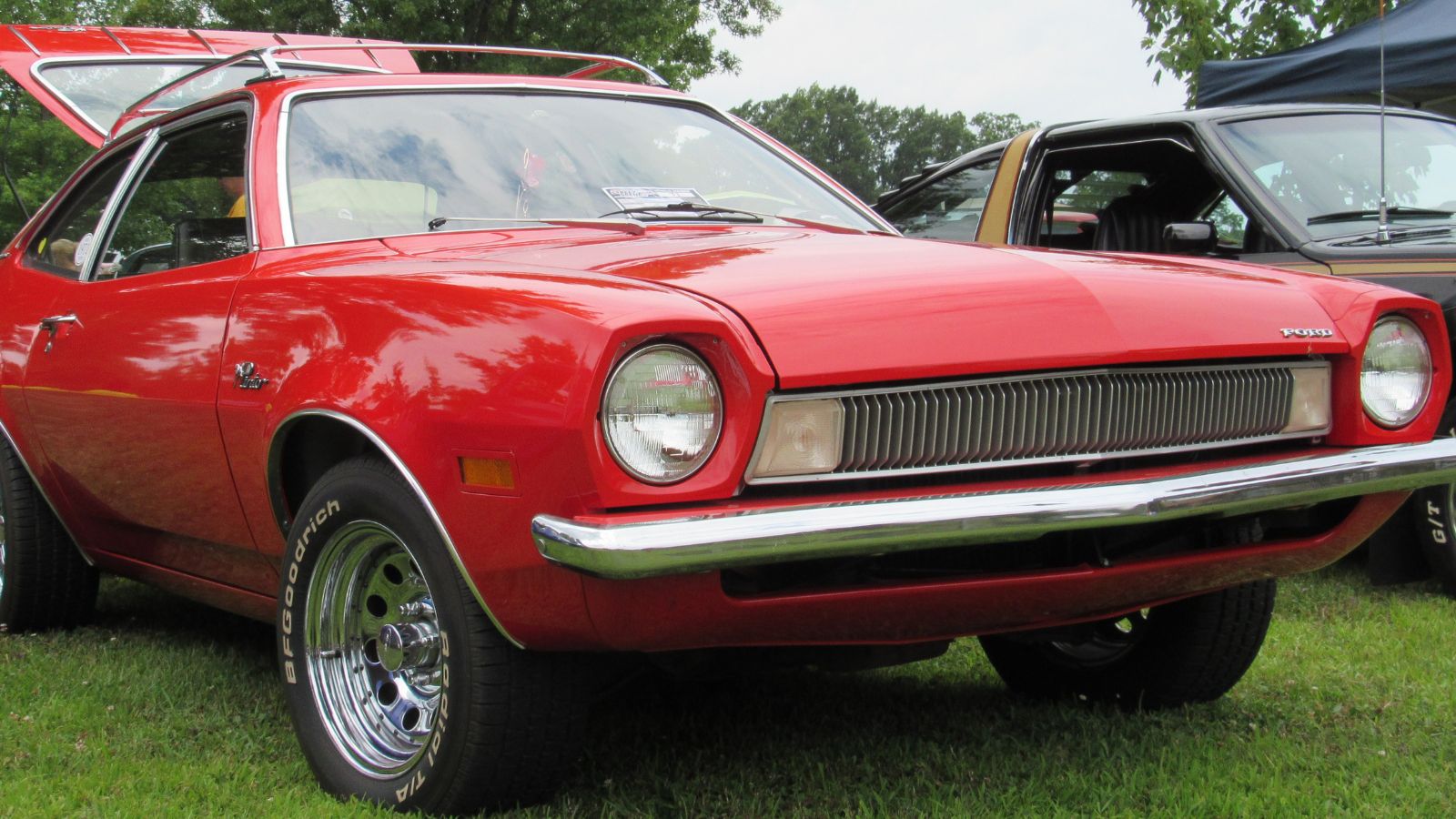
The Pinto wasn’t just a bad car—it was a scandal. Ford’s subcompact came with a fatal design flaw: its fuel tank was mounted in a vulnerable position, making it prone to rupturing in rear end collisions. Some crashes led to deadly fires. Worse, Ford’s internal documents revealed that the company had calculated it would be cheaper to pay legal settlements than to redesign the tank. This corporate negligence sealed the Pinto’s infamy. Even aside from the fire hazard, it was slow, underpowered, and cheaply built. Today, the Pinto remains a cautionary tale of what happens when cost cutting trumps safety.
Cadillac Cimarron (1982 to 1988)
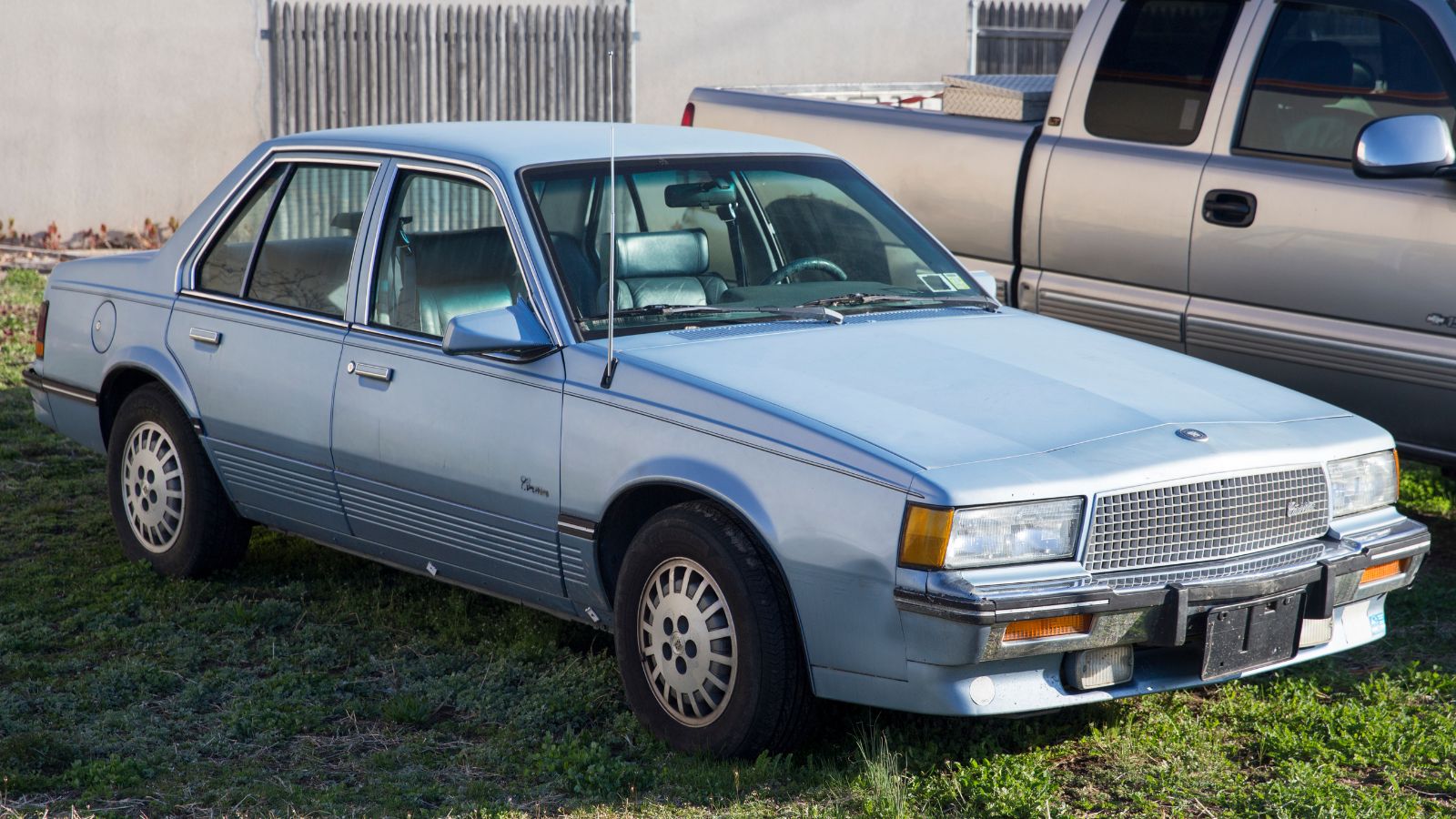
The Cimarron was supposed to be Cadillac’s entry into the compact luxury market. Instead, it became a punchline. Essentially a rebadged Chevrolet Cavalier with a Cadillac badge and leather seats, it offered little to justify its inflated price tag. Its four cylinder engine produced just 88 horsepower, giving it performance more suited to an economy car than a luxury vehicle. Interiors felt cheap, ride quality was poor, and reliability was questionable. Buyers saw through the disguise, and sales were dismal. The Cimarron badly damaged Cadillac’s image of prestige, and enthusiasts still cite it as one of GM’s biggest blunders.
DeLorean DMC-12 (1981 to 1983)
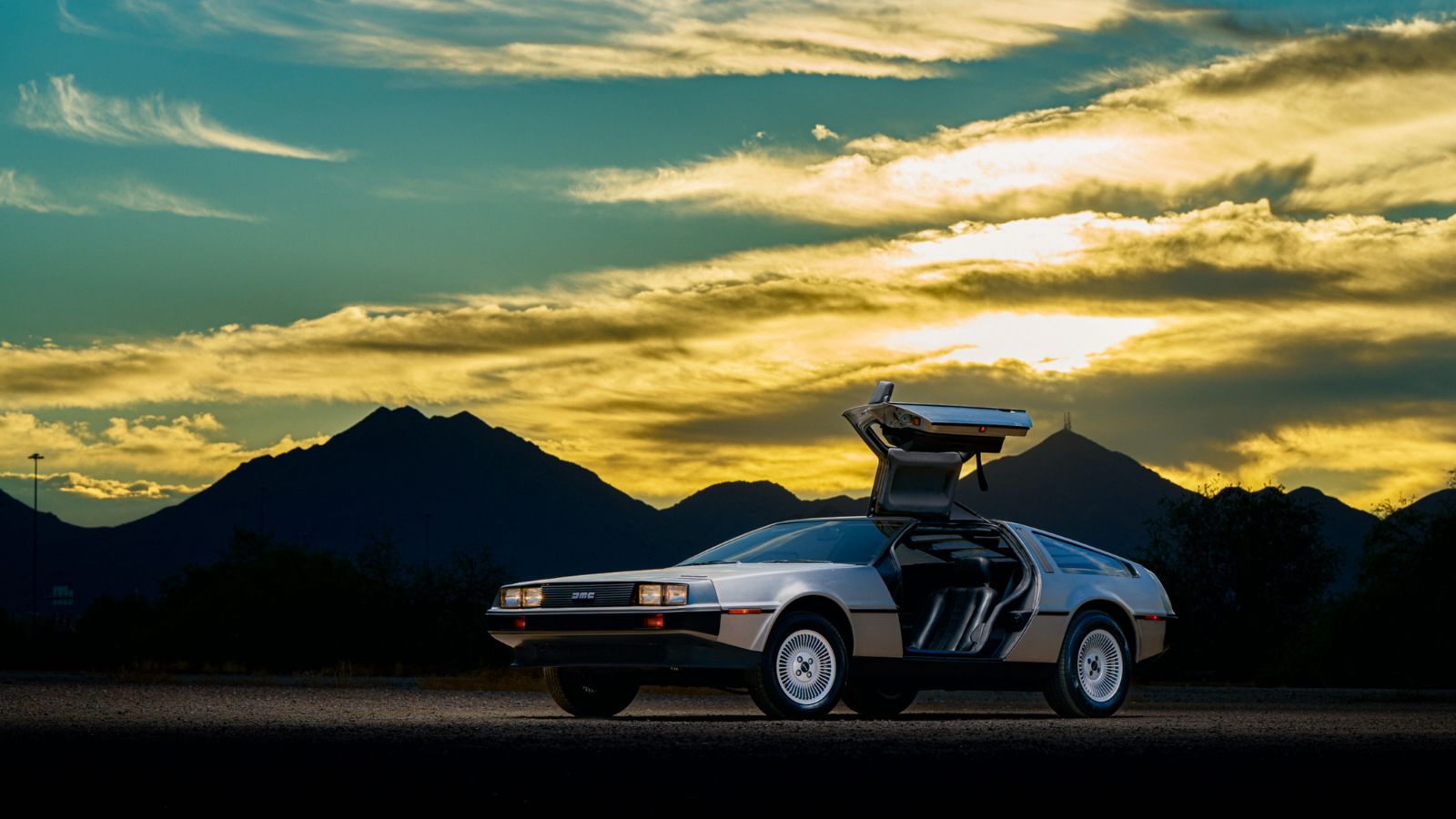
Thanks to Back to the Future, the DeLorean became a cultural icon, but as an actual car it was deeply flawed. Its stainless steel body and gullwing doors looked futuristic, but the underpowered 2.85 liter V6 produced just 130 horsepower, giving it a sluggish 0 to 60 mph time of around 10.5 seconds. Build quality was inconsistent, with electrical gremlins and panel fit issues common. Reliability was so bad that many owners struggled to keep them running without constant repairs. While the movie turned it into a legend, the reality was disappointing—a car that looked like a supercar but drove like an economy coupe.
Chrysler Sebring (1995 to 2010)
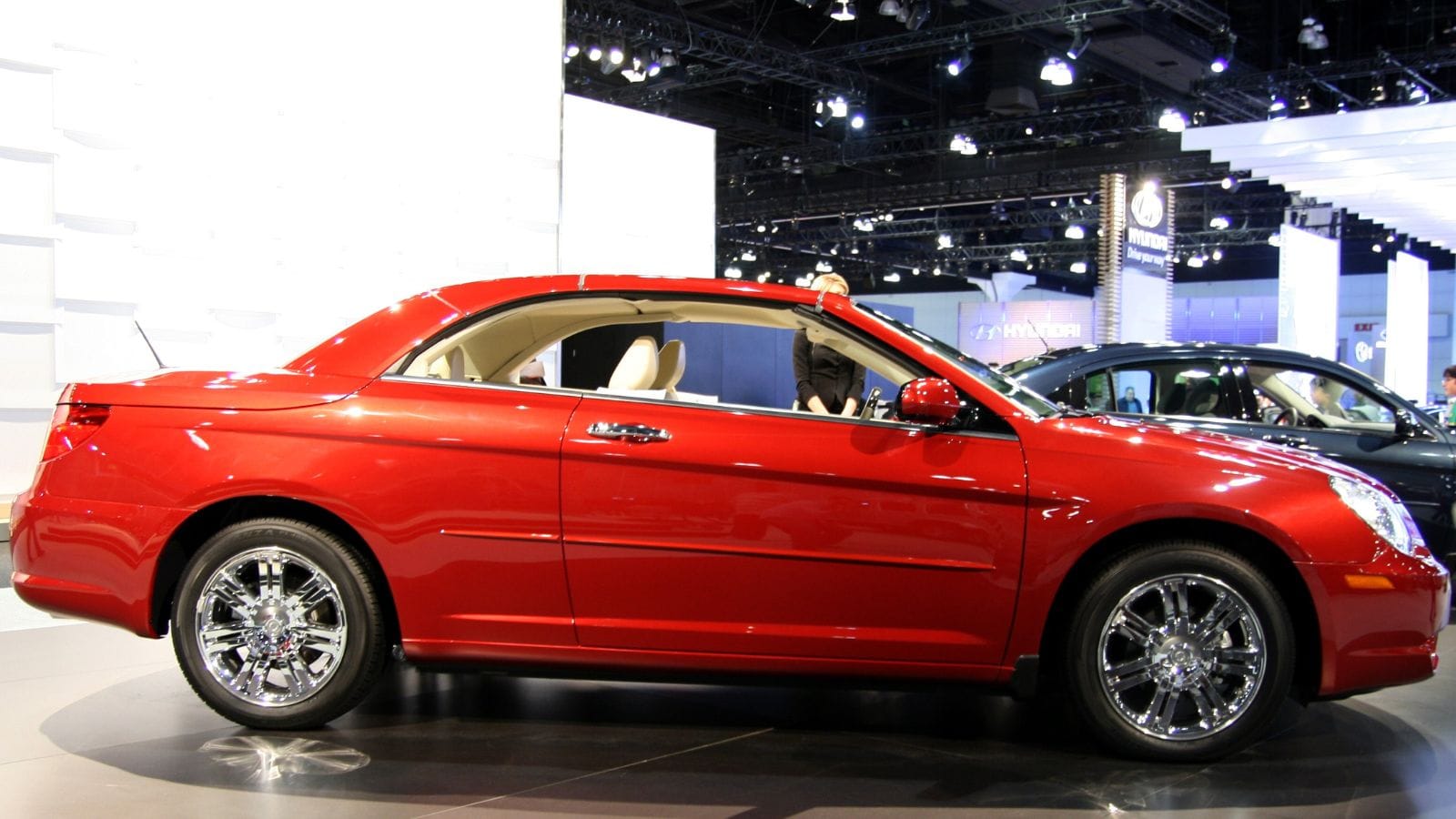
The Sebring came in coupe and convertible form, intended to be a stylish midsize option. Instead, it became a rental fleet regular and earned a reputation for mediocrity. Interiors were filled with cheap plastics, handling was sloppy, and the engines—especially the four cylinders—were underpowered. Mechanics dreaded them due to frequent transmission problems and electrical faults. Convertibles in particular suffered from leaky tops and rattling chassis. By the late 2000s, the Sebring was widely considered one of the worst cars in its class, and its poor reputation played a role in Chrysler’s struggles before its bankruptcy.
Hummer H2 (2002 to 2009)
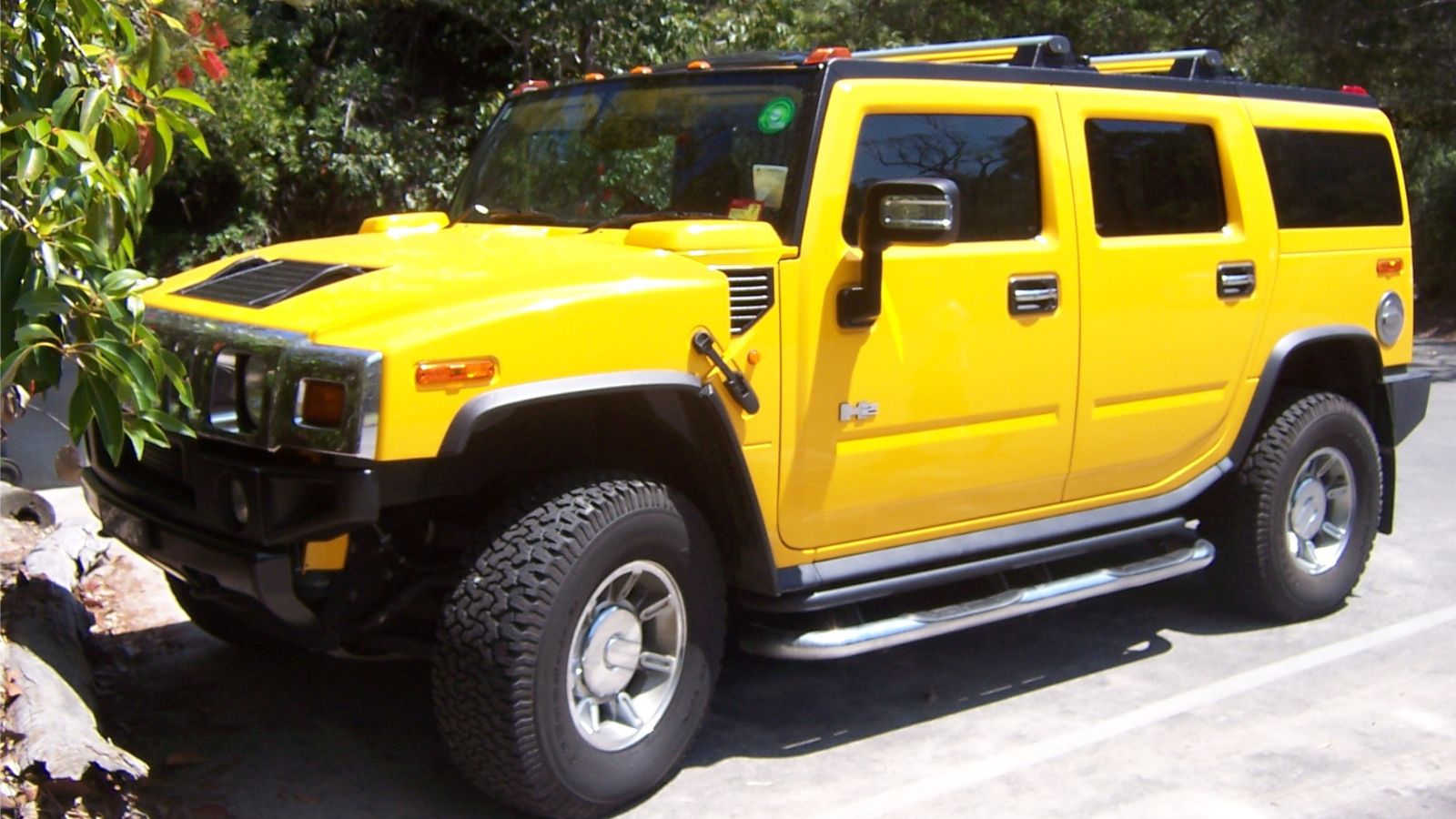
The H2 was designed to bring military inspired presence to suburban driveways. It succeeded in turning heads, but not for the right reasons. Weighing over 6,000 pounds and returning fuel economy of less than 10 mpg in many cases, it became a symbol of excess at a time when gas prices were climbing. While it looked tough, its off road ability was limited compared to the original H1, and many buyers realized it was more fashion accessory than functional SUV. Critics panned it as wasteful and impractical, and environmentalists targeted it as a symbol of irresponsibility.
Mitsubishi Mirage (1997 to present in the US)
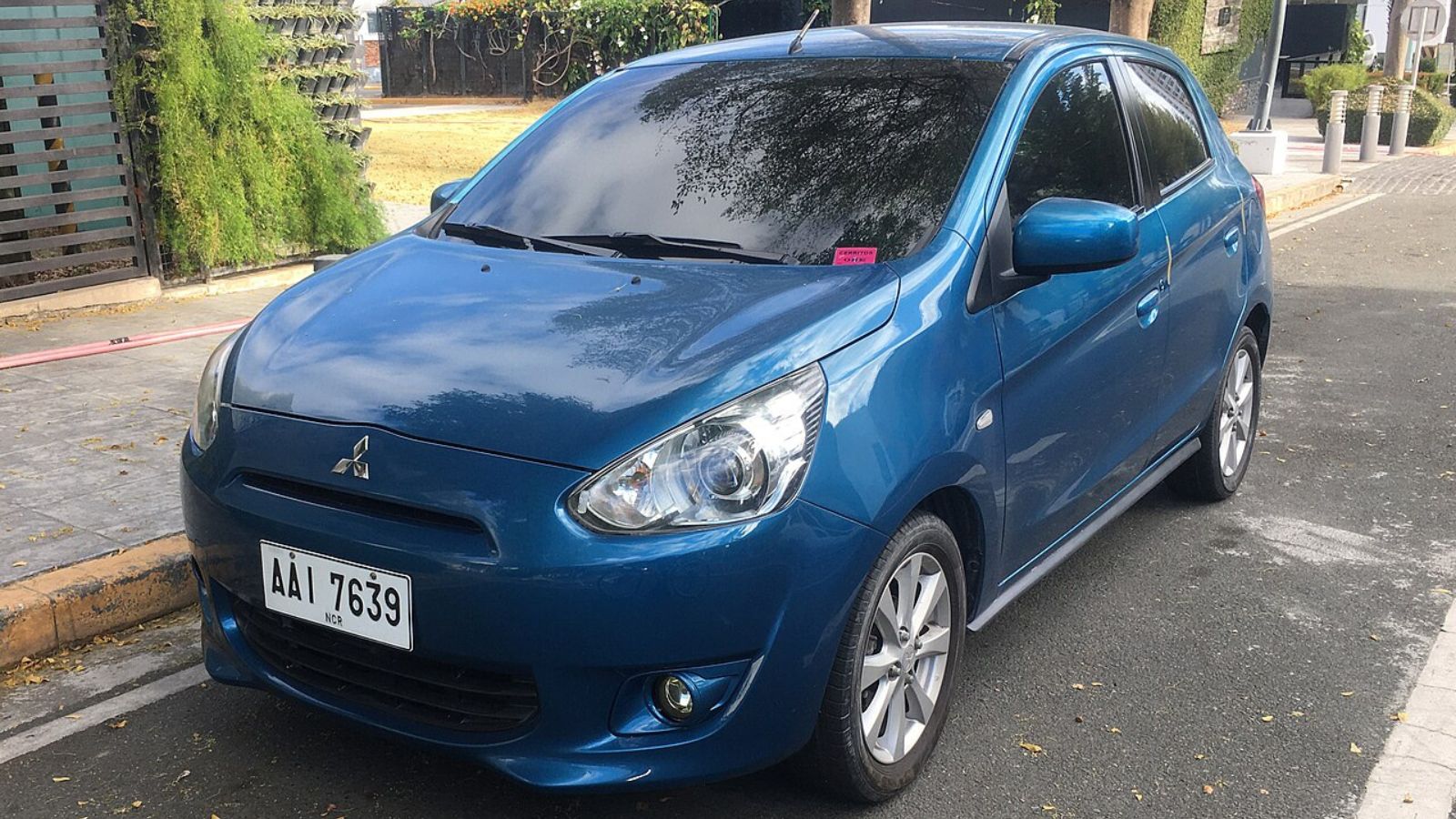
The Mirage is one of the cheapest new cars sold in America, and it feels every bit of it. Its tiny three cylinder engine struggles to make more than 78 horsepower, making highway merges a nerve wracking experience. Interiors are bare bones, filled with hard plastics and limited features. Safety ratings have been poor, and handling is uninspired. While its low price keeps it alive, the Mirage has earned a reputation as little more than disposable transportation. Mechanics often describe it as a car built to last only as long as the warranty.
Fiat 500L (2014 to 2020)
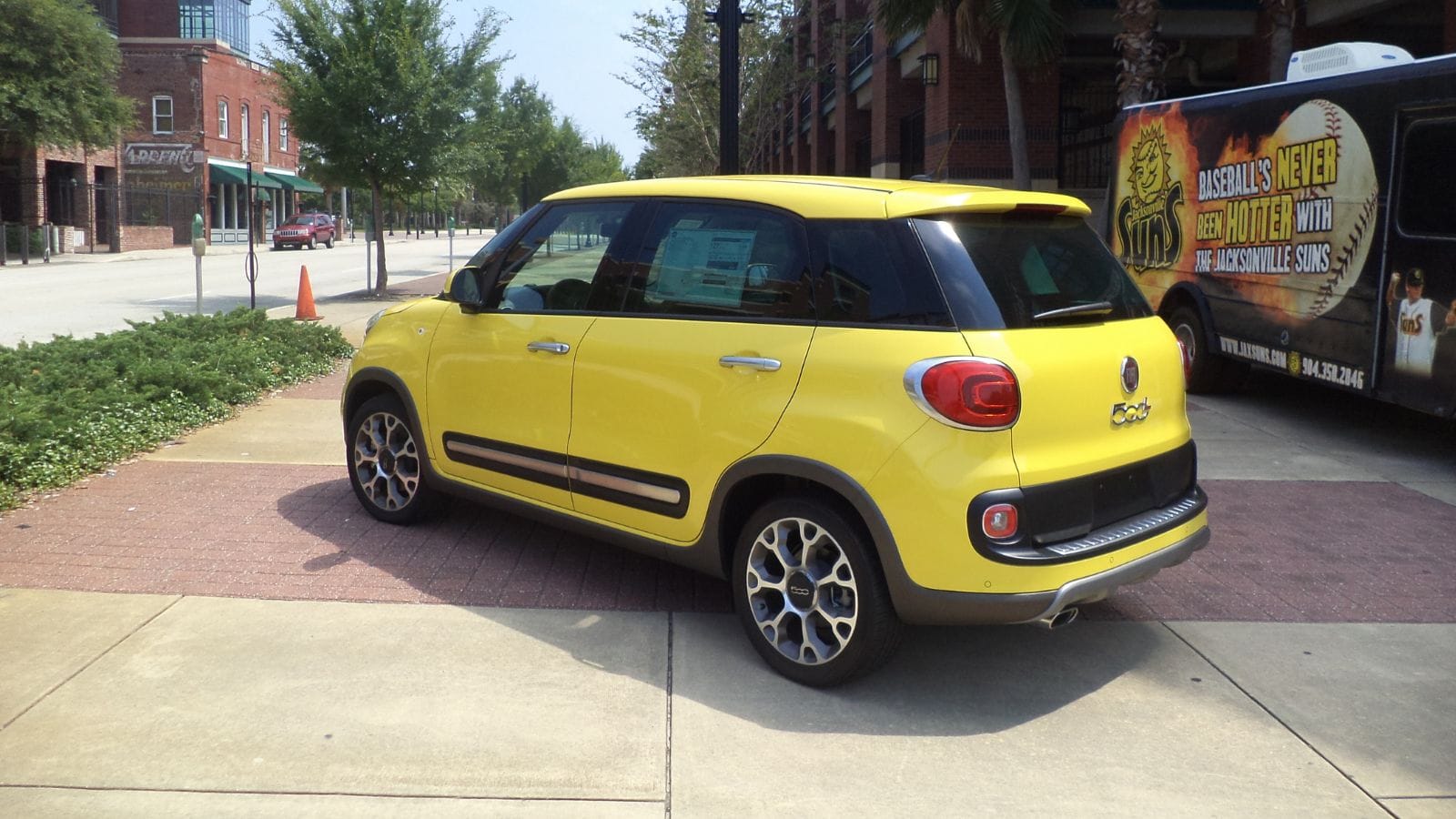
Fiat’s attempt to build a family friendly compact in the United States failed spectacularly. The 500L had awkward proportions that turned off buyers immediately, but the bigger problem was reliability. Owners reported transmission failures, electrical issues, and poor build quality. Consumer Reports ranked it as one of the least reliable new cars multiple years in a row. Sales collapsed, and Fiat eventually pulled much of its lineup from the American market. For many buyers, the 500L confirmed the old joke that Fiat stands for “Fix It Again, Tony.”
25 Facts About Car Loans That Most Drivers Don’t Realize

Car loans are one of the most common ways people fund car purchases. Like any other kind of loan, car loans can have certain features that can be regarded as an advantage or a disadvantage to the borrower. Understanding all essential facts about car loans and how they work to ensure that you get the best deal for your financial situation is essential. Here are 25 shocking facts about car loans that most drivers don’t realize:
25 Facts About Car Loans That Most Drivers Don’t Realize
